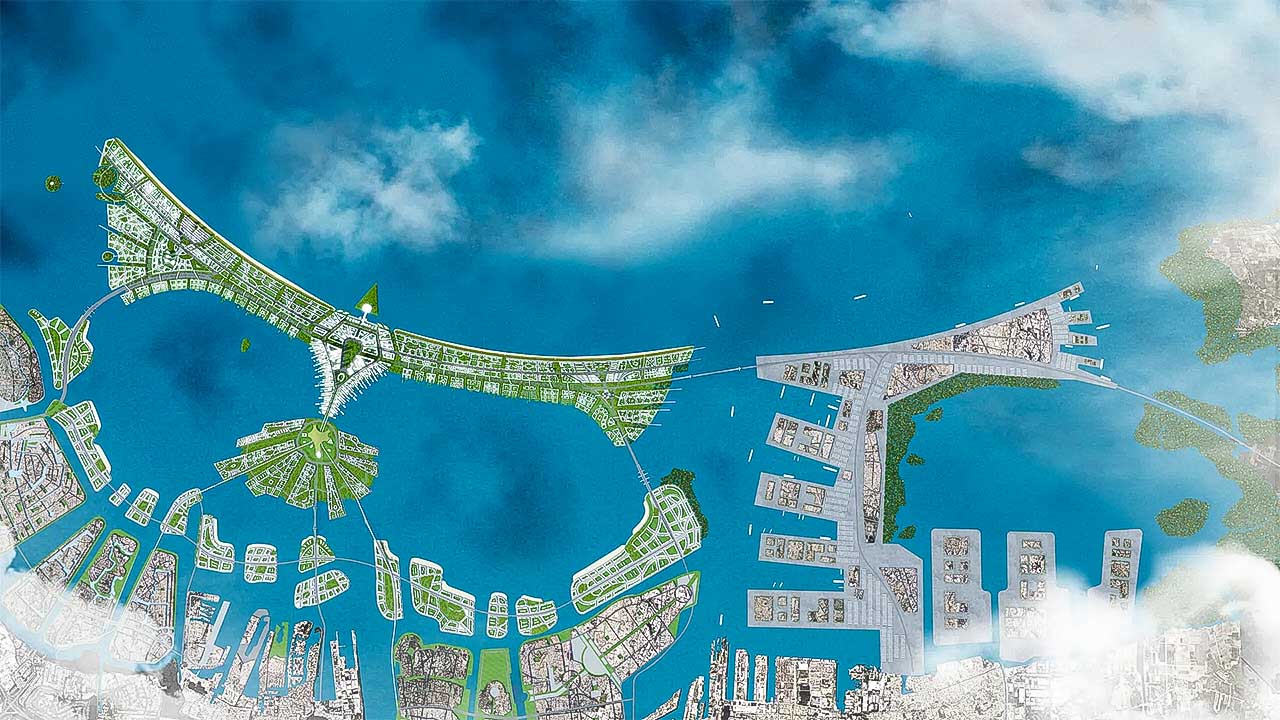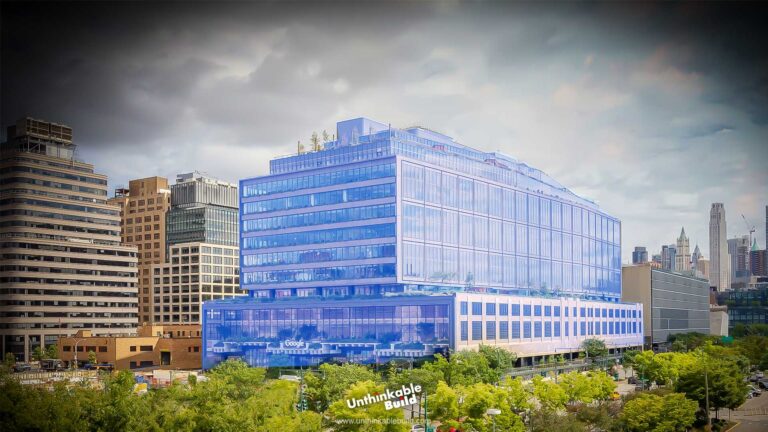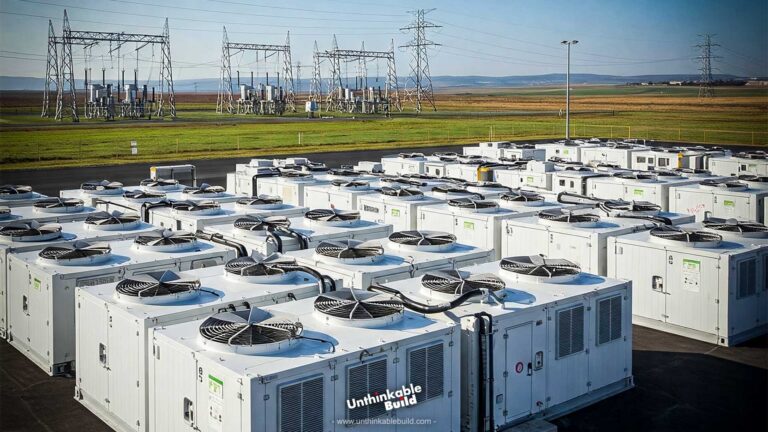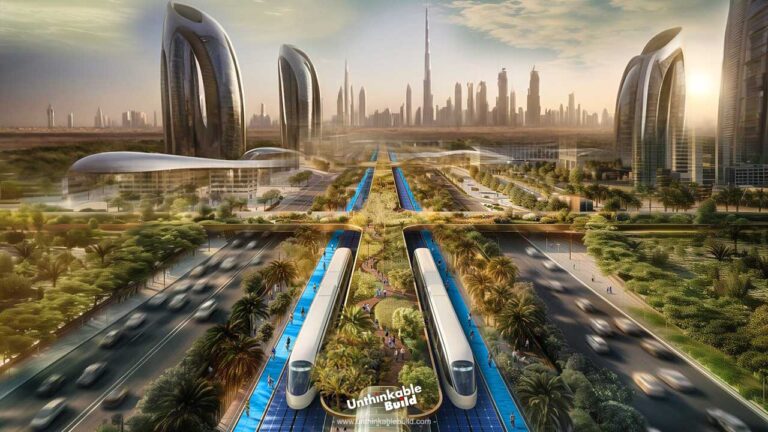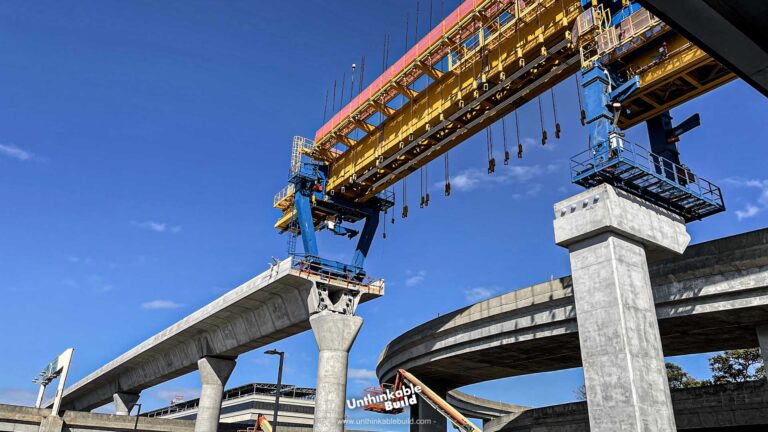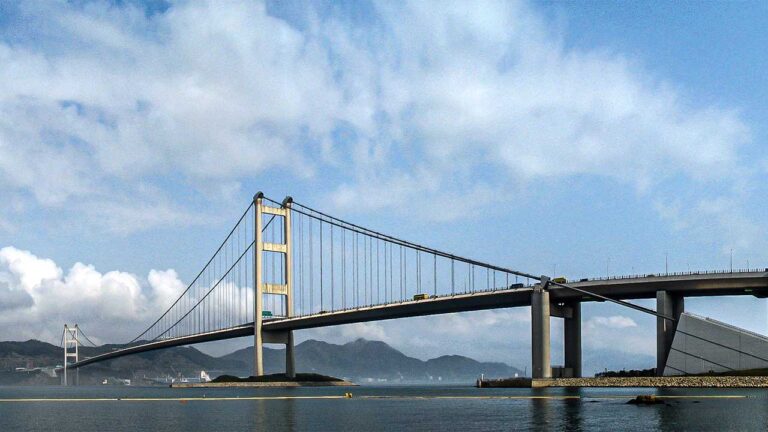Indonesia Giant Seawall: Protecting Low-Lying Jakarta from Devastating Flooding
Jakarta, the lively capital of Indonesia, perched on the northwest coast of Java. Not only is it the country’s largest city, but it also serves as the diplomatic hub for ASEAN.
Enveloping Jakarta is the region known as Greater Jakarta or Jabodetabek, which includes nearby areas like Bogor, Depok, Tangerang, and Bekasi. These areas merge into a vast urban sprawl, forming a true mega-city.
This city lies on a low, flat alluvial plain, a landscape that was once dotted with extensive swamps. Today, it’s a major industrial and financial center, though it still faces some natural hurdles. The rainy season often brings flooding and the excess waterlogged soil results in a shortage of clean drinking water.
Let’s take a closer look at one of the most devastating events in Jakarta’s recent history: the flood of January 1, 2020. Imagine waking up to find heavy rainfall pounding down, resulting in flash floods that sweep through Jakarta and its vast metropolitan area. The Ciliwung and Cisadane rivers overflow, causing chaos and destruction. This catastrophe tragically took the lives of 66 people and forced around 60,000 residents to flee their homes. It was the worst flooding the region had seen since 2007.
But this wasn’t the first time Jakarta faced such a calamity. Let’s travel back in time and see how frequently flooding has impacted this city. Significant floods have been recorded as far back as 1621 and 1654. Jumping forward, major floods hit again in 1918, 1942, 1976, 1996, 2002, 2007, 2013, and 2015. Each of these events left their mark on the city, with varying degrees of destruction and displacement.
Flooding remains a recurring challenge for Jakarta. Imagine living in a city where heavy rainfall and inadequate drainage systems frequently lead to such chaos. The floods of January 2020 highlight the urgent need for effective flood management solutions to protect the city’s residents and infrastructure.
Also Read: Tren Maya: Mexico’s $29 Billion controversial Railway Project
Recently, an Indonesian minister emphasized Jakarta’s environmental vulnerabilities by revealing a pressing issue: the city is sinking at a rate of up to 25 centimeters per year, accompanied by annual tidal flood surges of up to 200 centimeters.
Experts have raised grave concerns about Jakarta’s future, predicting that if current trends persist, up to one-third of the capital could be submerged in water by 2050. This alarming projection underscores the severity of Jakarta’s sinking crisis. Between 1997 and 2005 alone, certain parts of the city experienced land subsidence of over 4 meters, highlighting the rapid pace at which Jakarta is sinking into the sea.
One crucial strategy involves the construction of Eastern and Western Diversion Canals. The Western Diversion Canal, known as the West Banjir Canal, has been diverting floodwaters since 1919, complemented later by the Cengkareng Floodway in 1982. More recently, efforts have turned to the Eastern Diversion Canal, started in 2003, though questions remain about its effectiveness in reducing flooding in East Jakarta.
Did you know that each flood in Jakarta causes an average of $532 million in damage to property and infrastructure?
Looking ahead, research indicates that by 2050, these costs could skyrocket to as much as over $2.12 billion annually if current trends persist. These projections highlight the increasing economic impact of flooding, driven by Jakarta’s rapid urban growth, changes in land use, and population expansion.
To tackle this massive issue, the Indonesian government has recently rolled out several other ambitious plans. Imagine relocating the entire capital from the island of Java to Borneo—this is exactly what they’re planning with the construction of a $34 billion futuristic city named Nusantara. It’s a bold move, but perhaps their most intriguing idea is building a giant sea wall, a monumental initiative aimed at constructing a 32 Kilometers long and 24.4 meters high sea wall around Northern bay of Jakarta.
However, when this concept surfaced in 2010, it sparked a heated debate. Environmental groups and local politicians voiced strong concerns, arguing that such a massive structure would disrupt many livelihoods and wreak havoc on the marine ecosystem. It’s a complex challenge that requires balancing innovative solutions with environmental and social considerations.
This ambitious project leverages Dutch expertise in water management to protect Jakarta from rising sea levels and tidal flooding. Part of the plan involves creating a large waterfront city on 17 artificial islands within the bay, aimed at boosting Jakarta’s resilience and enhancing its urban landscape. The sea wall, designed in the shape of the Garuda—Indonesia’s national symbol—is both practical and emblematic, reflecting the nation’s identity while providing essential protection.
The Dutch and South Korean governments have committed a combined total of $19 million to support the Garuda project. This funding will be used to conduct detailed feasibility studies for the second and third phases of the Garuda sea wall. These studies are essential for evaluating technical feasibility, environmental impacts, and economic viability, ensuring the successful implementation of this ambitious infrastructure initiative in Jakarta.
According to Indonesia’s Coordinating Minister for Economic Affairs Airlangga Hartarto, the project is envisioned to unfold in three phases, spanning beyond the year 2040.
The initial two stages alone are expected to necessitate funding amounting to $10.5 billion, reflecting the scale and long-term commitment required for such a significant infrastructure endeavor. He further mentioned that multiple investors are interested in funding the project, which is slated to be developed under a public-private partnership scheme.
These immense walls will span the East and West sides of Jakarta Bay. The ambitious Giant Sea Wall project isn’t just about flood protection, but a visionary urban development initiative. Envision 17 artificial islands teeming with life: an international airport facilitating global connectivity, a bustling harbor accommodating trade and tourism, a modern toll road seamlessly connecting to the city, vibrant residential neighborhoods, thriving industrial zones driving economic growth, state-of-the-art waste treatment facilities ensuring environmental sustainability, extensive water reservoirs securing freshwater supply, and expansive green areas offering recreational spaces and ecological balance. This transformative plan aims not only to safeguard Jakarta but to elevate it into a resilient and sustainable metropolis of the future.
The sea wall will also incorporate a freshwater reservoir designed to store rainwater and water from the 13 rivers that flow through Jakarta. This reservoir aims to ensure a sustainable supply of clean water for the city’s residents, helping to mitigate water scarcity issues and improve water quality management.
Also Read: Luxury Bunkers: Why the Super-Rich are Preparing for Apocalypse
Meanwhile, the construction of a 30 km-long river and beach dyke along the coast of Jakarta is currently underway. This project, initiated in October 2014, is scheduled for completion by 2030. It aims to extend and reinforce the existing dyke system, which was breached during the 2007 flood.
The Jakarta Giant Sea Wall initiative is a monumental defense system designed to shield the city from floods and land subsidence. It comprises imposing seawalls, expansive lagoons, and extensive land reclamation, all aimed at fortifying Jakarta’s resilience against rising sea levels and severe weather conditions.
Yet, like all ambitious infrastructure projects, it confronts challenges. Consider the environmental impact, substantial costs, and the issue of long-term effectiveness. Collaboration between Indonesia and the Netherlands harnesses valuable expertise to tackle these obstacles.
The pivotal question remains: will it succeed? Success hinges on meticulous execution, continuous upkeep, and adaptability to evolving circumstances. The future prosperity of Jakarta hinges on the effective realization and sustained maintenance of this visionary undertaking.

